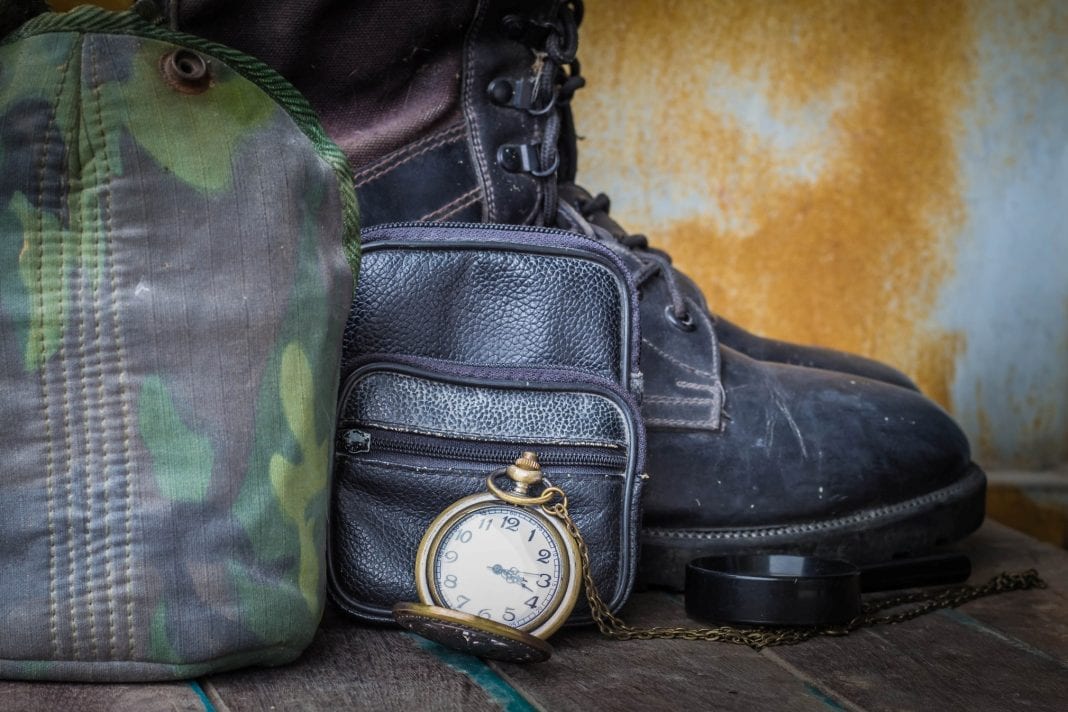Table of Contents - Jump Ahead:
Helping wounded heroes in their times of need.
After suffering a serious catastrophic injury during military service, it may be possible to obtain $100,000 tax-free benefit through The Servicemembers’ Group Life Insurance program, also known as TSGLI. This catastrophic injury protection program can offer benefits even when the injury occurred outside the line of service. Unfortunately, obtaining benefits can sometimes be a challenge. Injured service members could be initially turned down for benefits or receive settlement offers that are far below than what they deserve.
Speak to a TSGLI Benefits Attorney
Attorney Brett O’Brien is highly versed in TSGLI claims and appeals. For more than a decade, he has championed on behalf of injured service members. If you have been unfairly denied TSGLI benefits, Attorney O’Brien can provide support for a strong appeal. Moreover, he will ensure benefits are not delayed nor lowballed. When suffering from a catastrophic injury, contact Attorney Brett O’Brien for a complimentary consultation by filling out the online contact form or calling (202) 600-4996 today.
Obtaining Coverage Under TSGLI
The catastrophic injury protection program, formally referred to as The Servicemembers’ Group Life Insurance program (TSGLI), is a Department of Veteran’s Affairs insurance program that was implemented to provide financial benefit to seriously injured service members. The TSGLI benefit program is packaged with the Servicemembers’ Group Life Insurance program, or SGLI. The program is made available when service members added an additional dollar to their SGLI premiums to cover for TSGLI.
Under TSGLI, a qualifying loss or serious injury is one that is caused by external force, such as a physical condition or violence linked directly to a distressing event. Disqualifying injuries that could result in TSGLI program ineligibility include, but are not limited to the following: Injuries resulting from an attempted suicide; Any self-inflicted injuries; Injuries caused by a willful consumption of controlled or illegal substances; Injuries caused when committing a felony; Injuries caused when set out to carry out a felony crime; An injury resulting from a surgical or medical treatment of a disease or illness; An injury caused by a physical or mental disease or illness, not including those inflicted by a wound infection; a biological, radiological, or chemical weapon; or the accidental consumption of a poisonous or contaminated substance.)
Catastrophic injury protection can pay a one-time relief benefit that ranges from $25,000 – $100,000, contingent on the qualifying loss. Depending on the case, covered losses can be combined together and be treated as a single loss for the purpose of having one payout. A covered loss can include, but is not limited to the following: Hearing; Sight (vision); Speech; Amputations; Traumatic brain injuries; Facial reconstruction; Salvaged limbs (in lieu of an amputation); Second degree burns or worse on 20 percent of the face or body; Paralysis, such as hemiplegia, uniplegia, paraplegia, or quadriplegia; Genitourinary losses, such as the loss of use of testicles, uterus, or unitary system; Traumatic head injury resulting from the inability to accomplish a minimum of two Activities of Daily Living or a head injury causing the service member’s coma.
How to Obtain TSGLI Benefits
In order to obtain benefits, qualifying servicemembers, power of attorney, military trustees, or guardians will need to file a form SGLV 8600, an Application to obtain TSGLI Benefits. It is important to note that a licensed healthcare provider will need to complete a section of the application. In this section, the healthcare provider will need to provide a detailed report of the injuries sustained by the applying service member. Furthermore, the applicant will also need to provide a medical record of the qualifying injury. In addition, explanations of the injury will also need to be provided.
Documents that could be included in the application to support the existence of the injury can include the following: An OR report, for amputation injuries; Neurological reports for the loss in Activities of Daily Living or traumatic brain injuries; A physical therapy or occupational therapy report for Activities of Daily Living; Eye test documents for the loss of sigh; Hearing examination results for the loss of hearing; Speech examination results when there is a loss of speech; A medical history report or a summary report; A patient discharge summary; An accident report; A radiographic report, such as an MRI report, ultrasound, or X-Ray; Medical or physical evaluation boards; Other pertinent reports that serve to demonstrate the type of injury sustained and the duration of the Activities of Daily Living loss; Other types of diagnostic examination results, such as lab reports.
The Process to Obtain Catastrophic Injury Protection Program Benefits
Injured service members can only file a singular injury protection claim, without regard to whether more than one injury exists. Even when multiple injuries were caused from a single event, only one claim should be filed, but the claim should include a detailed report of all the serious injuries sustained from the singular event.
Each service branch processes their own service members’ claims. Average adjudicating and processing times for claims filed in the Army take an average of about 120 days once the claim has been received. Any incomplete form that is missing contact information, medical documentation, or other important information can delay the process even longer. Once the agency makes a final decision, the application will be sent to the Office of Servicemembers’ Group Life Insurance for review. Once this department receives the claim, the process can take up to 14 days to complete the process.
In the event TSGLI claim has been approved, a deposit in the predetermined financial institution will be made. If the claim has been denied, a notice of the claim will be sent by mail. In a denial notice, guidance for an appeal or reconsideration will be outlined.
Obtain Professional Legal Assistance for Your Benefits Claim
For service members who have been injured while on active duty or reserve, benefits are available through The Servicemembers Group Life Insurance program. Unfortunately, many service members find it difficult to obtain benefits, even when a qualifying injury was sustained. In some cases, the proper documentation for the injury can be difficult to obtain. In other cases, missing or incomplete documents is all that is available. To ensure a fully complete and strong claim is filed, the support of a well-versed attorney should be sought.
If you are an injured service member or qualifying representative, Attorney Brett O’Brien will strongly advocate for your right to receive TSGLI benefits. If you have been denied benefits, Attorney O’Brien will provide the professional representation you need to appeal the decision, offering you a better opportunity at obtaining benefits. Consider contacting Attorney O’Brien by filling out the contact form or calling (202) 600-4996 today.































